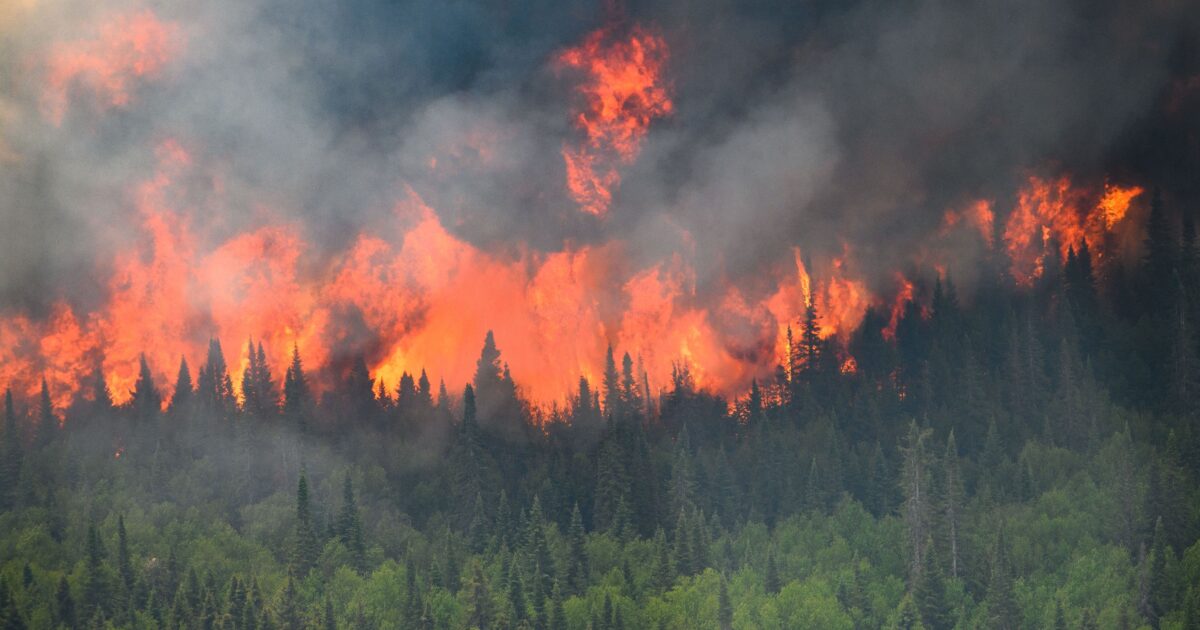Wildfires have long been part of Canada’s landscape, but 2025 has pushed the country into a historic crisis. With more than 7.5 million hectares burned—stretching beyond the western provinces into Saskatchewan, Manitoba, and even the Atlantic region—Canada is facing its second-worst wildfire season on record.
This surge in fires is not just about bad luck; it’s a climate story, a community story, and a warning for the future.
Why 2025 Wildfires Are Different
In the past, large wildfires were often concentrated in British Columbia and Alberta. But this year, flames are spreading into regions rarely hit this hard, such as Newfoundland and Labrador. The culprit?
- Hotter, drier conditions fueled by climate change
- Extended drought periods leaving vegetation tinder-dry
- Stronger winds carrying sparks across vast landscapes
These factors combine to create longer, more dangerous fire seasons.
Communities Under Threat
Entire towns have been forced to evacuate within hours, and smoke has blanketed cities thousands of kilometers away. Families are facing the loss of homes, wildlife habitats are being destroyed, and businesses are struggling under unpredictable shutdowns.
Meanwhile, Indigenous communities—who have long practiced traditional land stewardship—are offering valuable insight into how fire can be managed more sustainably.
The Numbers That Tell the Story
- 7.5+ million hectares burned (over 18 million acres)
- Hundreds of active fires still raging across multiple provinces
- Record evacuations, particularly in prairie and Atlantic provinces
- Air quality alerts affecting millions of Canadians and neighboring U.S. states
Government & Community Response
Authorities are ramping up their strategies:
- Restricting off-road vehicle use to reduce fire sparks
- Increasing water bomber deployment in threatened regions
- Boosting funding for firefighters and emergency response teams
- Partnering with Indigenous leaders to blend modern firefighting with traditional ecological practices
Still, experts say these efforts may not be enough without stronger climate policies and long-term adaptation strategies.
How Climate Change Connects the Dots
Climate scientists agree that Canada is warming twice as fast as the global average. This warming accelerates the drying of forests and intensifies fire behavior. Without urgent action, record wildfire seasons could become the new normal.
What You Can Do
Even if you’re not directly in a fire zone, you can:
- Stay informed through official alerts and updates
- Prepare an emergency plan if you live in fire-prone areas
- Support organizations aiding displaced families and wildlife recovery
- Advocate for climate action at local and national levels
Final Thoughts
Canada’s 2025 wildfire crisis is a wake-up call. It’s no longer about a single province—it’s about the entire nation adapting to a new climate reality. By learning from this season and investing in prevention, Canada can build resilience for the fires yet to come.
